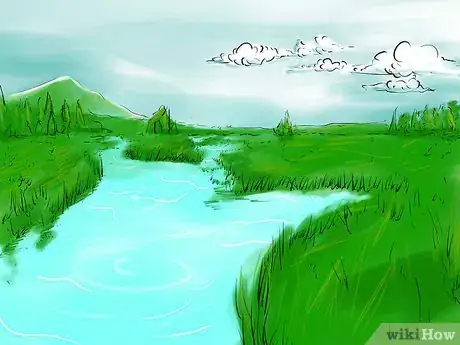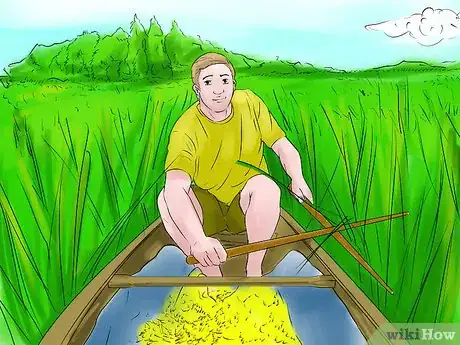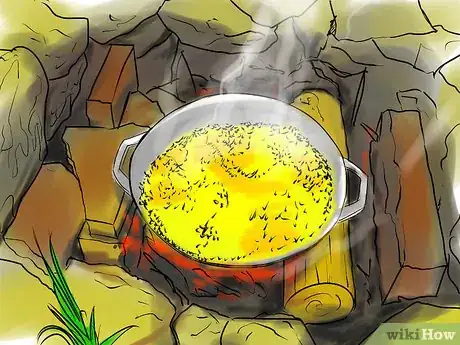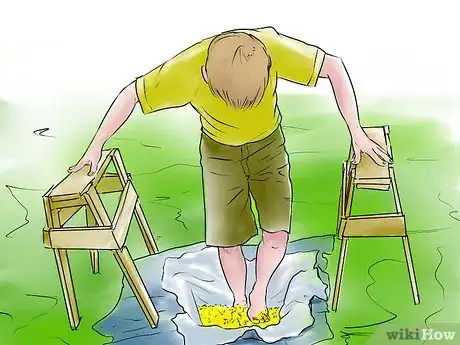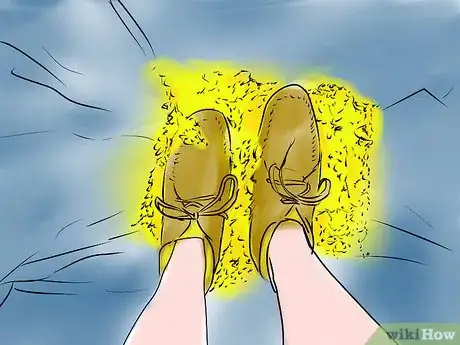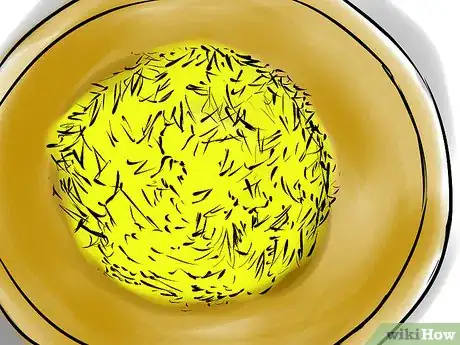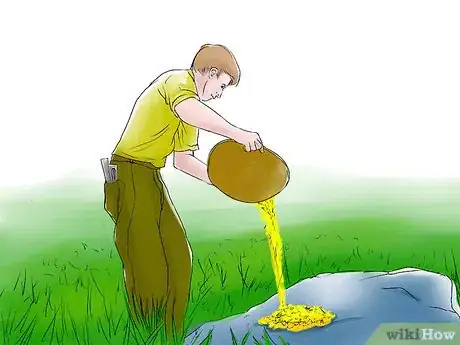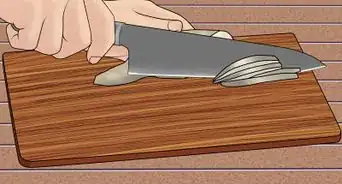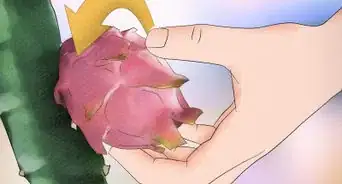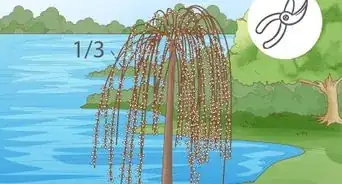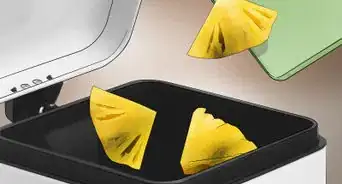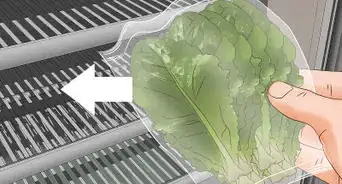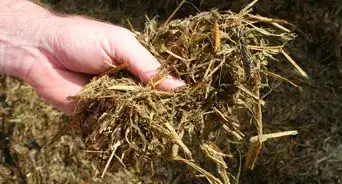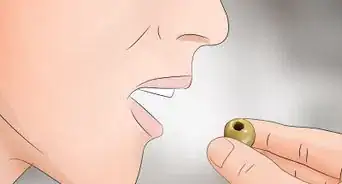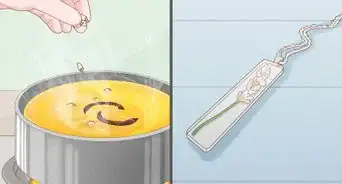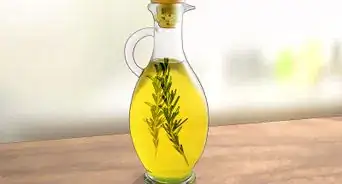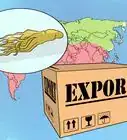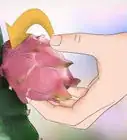X
wikiHow is a “wiki,” similar to Wikipedia, which means that many of our articles are co-written by multiple authors. To create this article, 13 people, some anonymous, worked to edit and improve it over time.
This article has been viewed 117,190 times.
Learn more...
The "wild rice" that is purchased in stores is processed so the grains will be very hard (it helps them remain intact during processing so that people can purchase long, uniform grains). However, to produce grains pleasing to the eye, it comes at a cost--the grains don't cook as soft they otherwise should. Hand-gathered and hand-processed wild rice cooks very soft (the texture is not that dissimilar to cultivated rice) and tastes wonderful.
Steps
-
1Find a large area inhabited by wild rice and with shallow water that is relatively easy to pole through.
-
2Have one person pole the canoe slowly through the wild rice.Advertisement
-
3Have another person knock the stems after bending them over into the canoe so the loose spikelets will drop into the canoe bottom. You can use two wooden sticks called knockers; see the video below for the motion needed.
-
4Collect the wild rice on a tarp. The arrays of spikelets at the top of the plant harbor caterpillars (called rice worms), small rice hoppers, several species of spiders, ladybird beetles, and other insects. The carpet of rice on the bottom of the canoe will probably be teeming with life.
-
5Let the rice dry out (takes about 2-3 days of dry weather).
-
6Place the rice in a very large iron pan and parch it over the coals. The trick here is to dry the rice and make the "husks" brittle, but not burn the rice. It takes a moment to work out the temperature. It's useful to remove the pan every now and again, along with lots of moving and flipping of the rice.
- Here are the parched rice grains, which turn a golden brown after being heated (they were very light tan).
-
7Once parched, put the rice in a pit lined with a hide.
-
8The point now is to do the twist. Use the balls of your feet and move your heels left and right, twisting the "hulls" off the grains. For this process, you need something that grips the rice, like braintan (or rubber soles are used a lot today). You do not stamp up and down on the rice (this doesn't accomplish the prying and twisting that is needed to rip the "hulls" off).
-
9After the rice has been thoroughly trodden on (it took about 10 minutes for this small batch), it is taken out and placed in a large container for winnowing.
-
10The winnowing is done with a downward motion of the container, which moves all the chaff to the front of the bowl (away from the person winnowing), where it can be rather easily removed. Much of it flies away within the "vacuum" that is created by the downward motion of the bowl, and other, larger material can be cleared by the hand or blown away with a light breath.
-
11Here is the completed, winnowed rice. Notice that there are lots of long grains (some broken ones too), but no chaff to get in the way of enjoying the rice.
Advertisement
Community Q&A
-
QuestionDoes winnowing the rice remove the bugs with the hulls?
 Community AnswerThe insects and other critters should go away once you begin drying it (because they will dislike the new habitat) and any left over will definitely try to get away once you begin parching it, long before it is to be winnowed.
Community AnswerThe insects and other critters should go away once you begin drying it (because they will dislike the new habitat) and any left over will definitely try to get away once you begin parching it, long before it is to be winnowed.
Advertisement
References
- PaleoPlanet Forums - Primitive Technology - Original source, shared with permission.
About This Article
Advertisement
